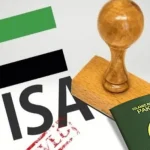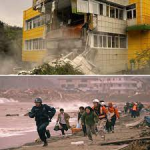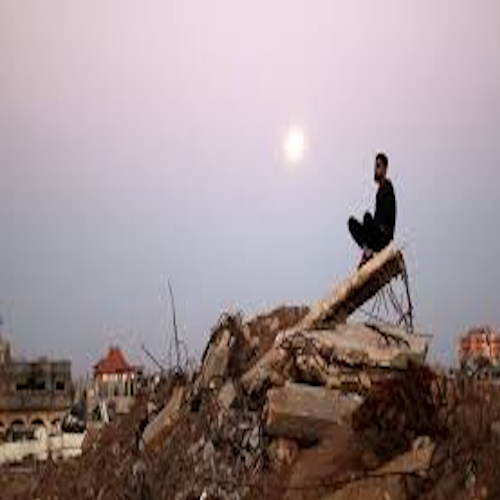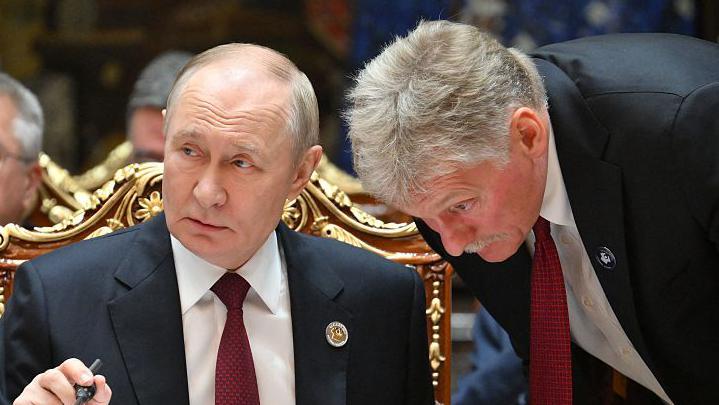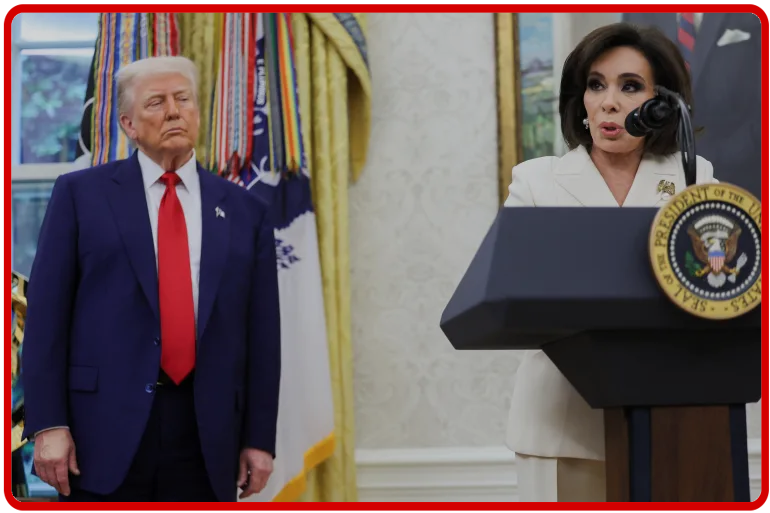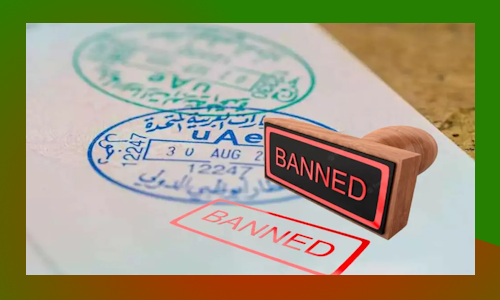Introduction
In 2025, Gaza stands once again at the crossroads of crisis and change. After years of relentless conflict, the territory has become a symbol of human endurance, political turmoil, and global moral reckoning. The recent developments from ceasefire talks to humanitarian efforts, from reconstruction debates to shifting global alliances have put Gaza at the center of world attention. The world is watching closely: will this chapter finally lead to lasting peace, or will history repeat itself?
This article explores the current affairs of Gaza in 2025, focusing on the humanitarian crisis, political developments, regional diplomacy, and the potential path toward rebuilding one of the most war torn areas on Earth. It provides a clear and factual overview of how Gaza’s struggle continues to define Middle Eastern geopolitics and global conscience.
The Ongoing Conflict
Gaza’s recent history has been shaped by cycles of confrontation between Israel and Hamas. Each flare-up has left deeper scars on both people and land. In 2025, after a year of devastating bombardments, both sides entered into fragile ceasefire talks under pressure from regional and international mediators.
The ceasefire, though hailed as progress, is precarious. Tensions simmer beneath the surface, with mutual accusations of violations. Both sides understand that this truce is not peace it’s merely a pause. Gaza’s cities remain in ruins, its economy shattered, and its people traumatized. Yet amid the rubble, there is a faint sense of hope that diplomacy might finally replace destruction.
Humanitarian Crisis
Starvation and Food Scarcity
The humanitarian situation in Gaza remains catastrophic. After months of restricted access to essential goods, the territory faces severe shortages of food, clean water, and medicine. Many families depend on limited international aid deliveries, often insufficient to meet even the most basic nutritional needs. Malnutrition among children is rising, and medical experts have warned of potential famine if aid supply routes remain unstable.
The scarcity isn’t merely logistical it’s structural. Years of conflict have destroyed agricultural infrastructure, blocked trade, and eroded Gaza’s ability to sustain itself. For ordinary Gaza daily survival is now an act of resilience.
Health System Collapse
Hospitals and clinics in Gaza are overwhelmed. Medical facilities are running on backup generators, and shortages of critical medicines antibiotics, anesthetics, cancer drugs have reached alarming levels. Doctors often work without pay, operating in overcrowded wards with little equipment. Many healthcare workers describe the situation as “beyond emergency,” where the system no longer functions but merely exists to prevent total collapse.
Outbreaks of waterborne diseases have added another layer of suffering. With sanitation systems damaged, families rely on contaminated water sources. Cholera, dysentery, and skin infections have spread rapidly in refugee camps and shelters. Public health experts warn that without immediate intervention, the humanitarian toll could rival wartime casualties.
Displacement and Destruction
Nearly half of Gaza’s population is internally displaced. Entire neighborhoods have been reduced to rubble, and temporary shelters struggle to accommodate the growing number of families who have lost their homes. The psychological impact is immense generations are growing up knowing nothing but war, trauma, and uncertainty.
Children have been particularly affected. Schools are destroyed or turned into makeshift shelters. Education, once a symbol of hope, has become a distant dream for many. Thousands of young Gazans lack access to formal learning, which not only limits their opportunities but also increases the risk of radicalization and social instability.
The world’s response has been mixed sympathetic in words, slow in action. While humanitarian organizations continue to push for more aid and open corridors, political obstacles and security concerns often delay or block deliveries.
Political Landscape
Hamas and Internal Palestinian Politics
Hamas remains a dominant political and military force in Gaza, though its legitimacy has been challenged internally. Many residents, while still opposed to Israeli occupation, are frustrated by Hamas’s governance failures and the prolonged suffering. Calls for unity with the Palestinian Authority in the West Bank have resurfaced, but reconciliation remains elusive due to deep political divides.
The Palestinian Authority, based in Ramallah, has expressed willingness to take part in Gaza’s reconstruction and governance if a long-term ceasefire is achieved. Yet trust is low, and questions linger about who will truly lead Gaza’s recovery.
Israel’s Strategic Calculations
For Israel, the situation in Gaza is a constant balancing act. On one hand, the Israeli government faces domestic pressure to ensure security and prevent Hamas’s rearmament. On the other, international scrutiny over civilian casualties and humanitarian crises has forced Israel to reconsider its long-term strategy. Israel’s leadership is exploring new approaches that combine security with controlled humanitarian engagement, though skeptics argue these policies still prioritize containment over resolution.
Regional Mediation and Global Diplomacy
Countries like Egypt, Qatar, Turkey, and Jordan play pivotal roles as mediators. Egypt has historically managed Gaza’s southern border and remains the key negotiator for ceasefire enforcement. Qatar provides financial aid, while Turkey champions Gaza’s humanitarian cause in international forums. Meanwhile, global powers including the United States, China, and the European Union are re-engaging diplomatically, each with different interests but a shared desire to prevent another escalation.
The geopolitical chessboard surrounding Gaza is complex: every move by one power triggers reactions from others. Yet for all the diplomatic maneuvering, the people of Gaza remain the ones paying the heaviest price.
Economic Devastation: Rebuilding from Zero
The Collapse of Livelihoods
Gaza’s economy has been shattered. Decades of blockade, repeated wars, and loss of infrastructure have created a situation where unemployment rates exceed 60%. Youth unemployment is even higher, pushing an entire generation into hopelessness. Small businesses that once sustained local life grocery stores, workshops, restaurants have vanished under the weight of destruction and inflation.
The Challenge of Reconstruction
Reconstruction is the buzzword in every diplomatic conversation about Gaza, but translating words into action is another matter. Rebuilding requires billions of dollars, open borders for construction materials, and political stability all of which remain uncertain. Many international donors are reluctant to pour money into a region without clear governance guarantees.
Some proposals suggest creating a multinational reconstruction fund managed by neutral countries to ensure transparency. Others argue that true rebuilding cannot occur until Gaza is fully reintegrated with the Palestinian Authority and the broader global economy. For now, rebuilding remains more of a political slogan than an on-the-ground reality.
The Human Spirit: Stories of Hope Amid Despair
Despite unimaginable hardship, Gaza’s people continue to display extraordinary resilience. Families rebuild homes with salvaged materials. Teachers hold classes in tents. Artists, musicians, and poets document the pain and beauty of survival. Every small act of normalcy planting a garden, repairing a roof, teaching a child becomes an act of defiance against despair.
Women’s groups and youth organizations play vital roles in this quiet resistance. They organize local aid drives, teach vocational skills, and provide mental-health support to children and survivors. In many ways, these grassroots movements are doing what politics cannot: keeping Gaza’s humanity alive.
The Role of Media and Global Perception
The world’s perception of Gaza is shaped largely through media coverage — and that coverage is often. Some international outlets focus on the humanitarian crisis civilian suffering and the need for aid. Others highlight the military and political dimensions, often framing Gaza in the context of terrorism or security threats.
Social media has changed the equation. Gazan journalists and citizens use digital platforms to share real-time updates, videos, and personal stories that humanize the conflict. The digital age has allowed Gaza to speak for itself, challenging official narratives and forcing the world to confront uncomfortable truths.
However, misinformation also thrives. Competing narratives, doctored footage, and propaganda from all sides make it difficult to distinguish fact from fiction. As information warfare intensifies, the truth about Gaza often gets buried under political noise.
Global Reactions: Between Compassion and Fatigue
International reactions to Gaza’s plight oscillate between compassion and exhaustion. The global community expresses sympathy, but sustained political and financial commitment remains inconsistent. Many donor countries are facing domestic crises and shifting priorities. As a result, Gaza often receives fragmented aid rather than a comprehensive recovery plan.
Humanitarian agencies continue to call for a coordinated response that includes infrastructure rebuilding, education, healthcare, and economic reform. But progress depends heavily on political will — both within Gaza and among global powers.
For many around the world, Gaza has become a symbol of moral fatigue. People feel sympathy, but they’ve seen this story repeat too many times. The challenge, therefore, is to rekindle global engagement not just through emotion, but through practical, long-term strategy.
The Future of Gaza: Paths Forward
Peace Through Reconstruction
A sustainable peace must be built on rebuilding lives, not just ending fighting. Experts argue that true stability in Gaza requires more than ceasefires it demands jobs, education, and dignity. Reconstruction should focus on creating an inclusive economy, empowering local communities, and integrating Gaza into broader trade networks.
Political Reconciliation
Without internal Palestinian unity, peace efforts will falter. The divide between Gaza’s leadership and the Palestinian Authority weakens the broader cause for statehood. A new generation of Palestinian leaders less entrenched in old divisions may eventually bridge this gap, but the path is long and uncertain.
Global Responsibility
The international community cannot treat Gaza as an isolated humanitarian case. It must be part of a comprehensive Middle East peace vision. That means renewed diplomatic engagement, fair negotiations, and recognition of Palestinians’ right to self-determination alongside Israel’s right to security. Both narratives victimhood and defense must evolve into coexistence.
Conclusion: Between Ruin and Renewal
Gaza’s story in 2025 is one of immense pain and quiet courage. It is a story written in ruins and resilience, in tragedy and tenacity. Every ceasefire, every aid convoy, every rebuilding effort represents both a small victory and a reminder of how much remains undone.
The world stands at a moral and strategic crossroads. Will it continue to treat Gaza as a humanitarian crisis to manage, or will it finally address the political roots of its suffering? True peace will not come from bombs or brief truces it will come when Gaza’s people are allowed to live in dignity, free from the shadow of endless war.
Until that day, Gaza remains both a warning and a hope: a warning of what happens when injustice festers too long, and a hope that even in the darkest corners of the world, humanity refuses to die.



